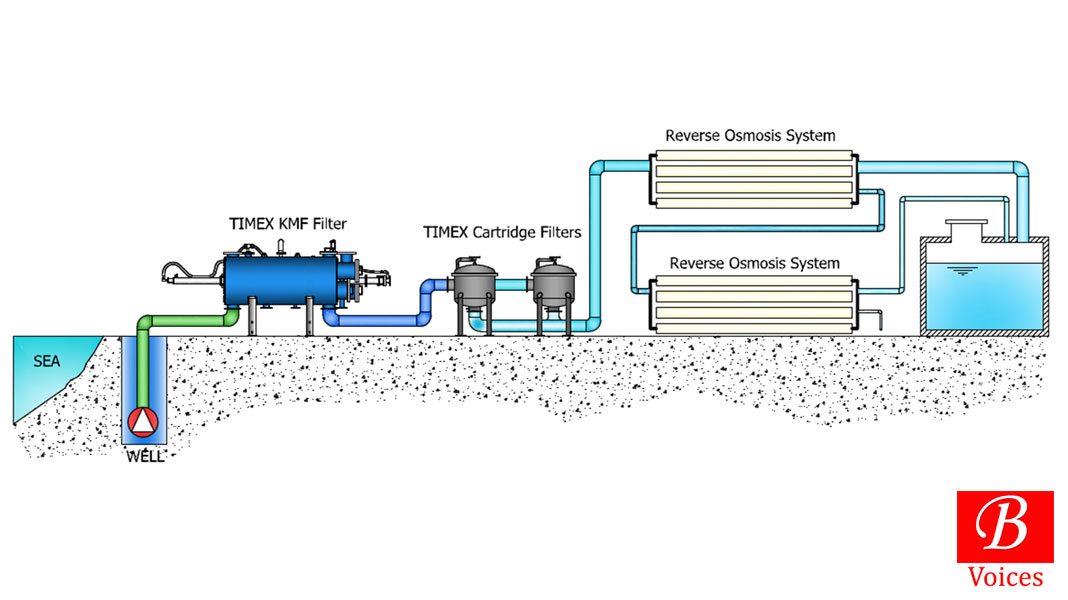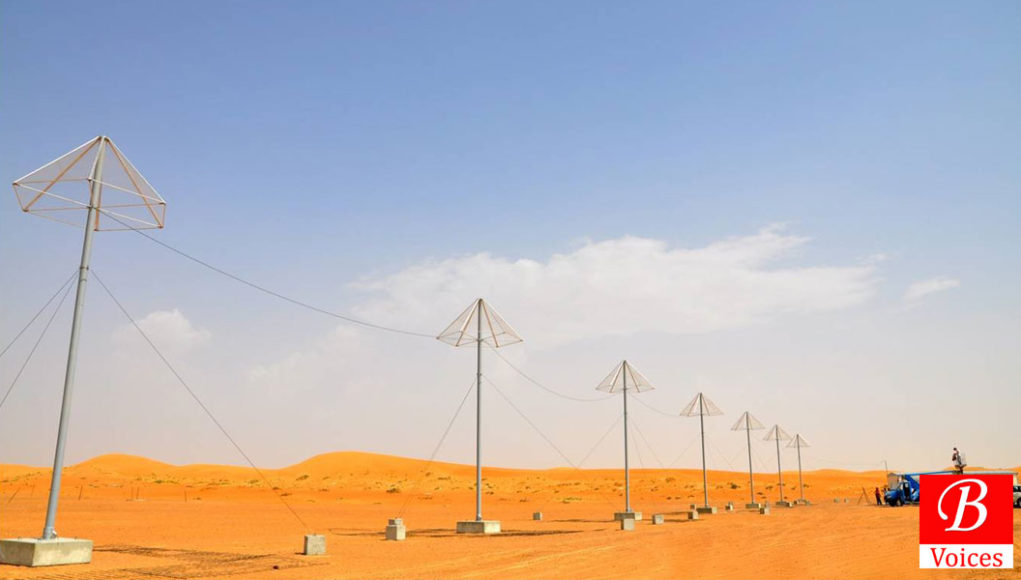 Javed Siddique
Javed Siddique
Water is life, it is the very basic ingredient needed for the survival of every living organism on this earth. The main natural source of fresh water is rain. But in the most parts of the world, the ratio of rainfall is low. For the storage of rain water, the ancient civilizations built artificial reservoirs, like mini dams, water ponds etc. Then they used the reserved water for domestic, agricultural and industrial or construction purposes for the entire year when rain did not fall in the dry season. From the very beginning, civilized human race strives to build water reservoirs according to their needs where they had intended to settle down.
Now the human race entered his step in the 21st century, where the humanity is at the peak of development, technologically advancement and progress. The human race is now capable of acquiring what just they were desired to get before.

Some regions of the world mostly drought struck or the annual rainfall in those regions is very much rare, but now no more it’s a problem before the developed nations. Now the acquisition of fresh water is not a rocket science, just because of technology the incumbent human race is able to increase the annual rainfall and by utilization of technological methods can acquire enough amount of potable water for his use.
The advanced ionisation method is being used to increase average annual rainfall on experimental bases in Oman. According to the annual reports of the expert associated with the project “due to two installed ionisation stations, the average rainfall has increased.” Oman has reported an 18 per cent increase in rainfall since it began using cloud ionisation in 2013. “In 2013, the calculated gross volumetric water generated from rain using this technology was estimated to be about 53,940 mega liters while it was 56,520 mega liters last year.”
Experts added that the project has been a success. “The cost of getting fresh water through desalination is much higher compared to what is generated through this technology. So, why not use this technology on a wider scale?”
Another alternate source of fresh water is the installation of desalination or water treatment plant. This technique is very much successful in coastal areas of Emirates. With the help of such desalination or water treatment plants, they are acquiring much fresh water to fulfil their domestic, agricultural and industrial needs.
In reference to above-mentioned scenarios now we can easily discuss the prevailing water crisis of district Gwadar. For many years in summer and dry seasons due to low rainfall, the area stricken by the drought like situation and the masses have been the very hard days due to non-availability of potable water. The area of the district is almost having 660 Kilo Meter long coastal line. That’s mean the idea of desalination or water treatment plant installation would definitely work successfully and the repeated problem of water crisis would easily be overcome.
However the lack of sincerity and spirit in our leadership is hindering the way to completely resolve this issue. Our so called political bigwigs blinded their eyes to consider the ideas of long term solutions, to decrease the miseries of masses which they encounter every year.
Disclaimer: Views expressed in this article are those of the author and Balochistan Voices not necessarily agrees with them.
Share your comments!








